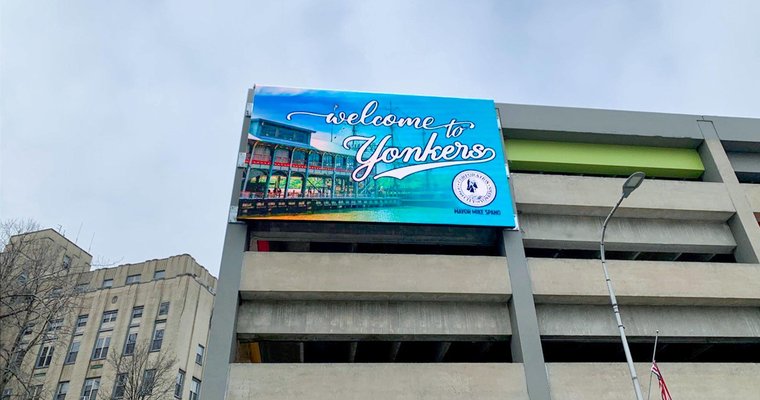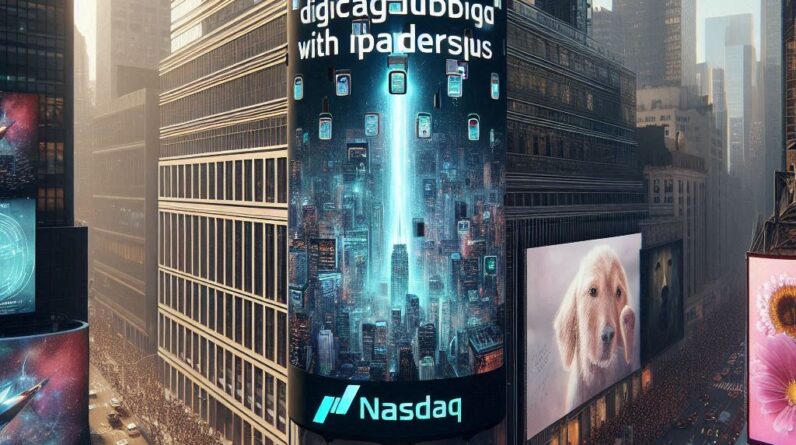
[ad_1]
Derek DeWitt introduces activity-based working (ABW), a more complex and nuanced approach that adapts insights from agile, flexible, and hybrid work models for a dynamic, productive workplace.
Traditional office setups have been challenged by new ways of working that prioritize flexibility, collaboration and employee empowerment. New workplace environments established through agile work, flexible work and hybrid work models have paved the way for activity-based working, a dynamic addendum to the modern workplace that has gained significant traction.
Activity-based working (ABW) encourages employees to choose the most suitable spaces and tools for their tasks or tastes, rather than being confined to assigned desks or cubicles. Digital signage suppliers have responded by developing methods that apply visual presentation skillsets to the room signs we now see through the workplace.
Let’s first look at how these visual signs contribute to three basic workplace models.
The three basic models
Agile work is a top-level philosophy that involves breaking down projects into smaller, manageable tasks and encourages cross-functional teams to collaborate closely. Meeting signs help organizations harness the power of collaboration, adaptability and employee engagement when enacting an agile work environment, resulting in improved project outcomes and a competitive edge in today’s fast-paced business landscape.
Flexible work refers to a work arrangement that allows employees to have control over when, where and how they work. Flexible work options can include alternative schedules, remote work, compressed workweeks and part-time arrangements, among others. In this case, room signs, and their associated booking systems, provide executives and workers with the details they need about space availability for each hour and day of the week.
Hybrid work provides employees with the flexibility to split their time between working remotely and working in a physical office or other designated workspace. Hybrid work recognizes that certain tasks or activities may be better suited for remote work, while others may require in-person collaboration or access to specific on-site resources. Room signs provide the intelligence that managers and workers need to know when navigating available gathering spaces to meet. Sometimes, it may be a simple as walking up to a room to confirm whether a space is open or booked. Other times, it may require more intensive planning to accommodate both physical and remote attendees.
Introducing ABW: activity-based working
Activity-based working focuses on how people use physical space. With its emphasis on providing employees with a range of workspaces and tools based on what they are actually doing, ABW promotes collaboration, adaptability and innovation by allowing teams to easily co-locate and work together.
ABW emphasizes providing employees with a range of workspaces and tools to choose from based on whatever activities they need to perform. Rather than being tied to assigned desks, employees have the freedom to select spaces that best suit their current tasks, whether it’s a quiet area for focused work, a collaborative zone for brainstorming or a meeting room for team discussions. ABW recognizes that different activities require different environments, and the system supports employees in optimizing their productivity and engagement.
Moreover, ABW aligns perfectly with the evolving needs and preferences of the modern workforce. It acknowledges that different tasks require different environments and work styles and provides employees with the freedom to personalize their workspaces accordingly. This autonomy leads to higher job satisfaction, engagement and overall employee well-being.
Additionally, embracing workspace hoteling and hotdesking within an ABW framework optimizes space utilization, reduces costs, and fosters collaboration and networking among employees. These practices, combined with advanced collaboration and communication technologies, enable organizations to create a dynamic, agile and efficient work environment while benefiting from significant cost savings, and greater talent attraction and retention.
ABW success strategies
Workspace hoteling is an ABW practice where employees reserve workspaces on-demand, like booking hotel rooms for temporary use while traveling. It involves a centralized reservations system that allows employees to select and reserve workspaces based on their needs, whether it’s a desk, a meeting room or a collaborative area. Workspace hoteling lets organizations optimize space utilization, accommodate varying work patterns and enhance flexibility for employees.
Reservation systems can also generate valuable data on space utilization patterns, popular workspaces and booking trends. This can provide organizations with actionable insights for space planning and optimization. By analyzing usage trends, organizations can make informed decisions regarding workspace design, resource allocation and overall workplace strategy, ensuring that spaces align with employees’ needs and preferences.
Some digital signage vendors today offer such reservation systems, while others promote partnerships through established brands that specialize in these technologies. Neither approach is right or wrong, so long as the technologies address these challenges together without disruption or complications. No matter how the technologies are deployed, workspace hoteling within an ABW environment empowers employees with flexibility and choice while enabling organizations to make the most efficient use of their spaces. It fosters a more agile and adaptable work environment, reduces real estate costs and provides data-driven insights for future planning.
Hotdesking and hoteling are similar, but hoteling requires workspaces to be reserved in advance whereas hotdesking does not. Hotdesking is when employees don’t have assigned or reserved desks at all, but instead choose an available workspace each day on a first-come, first-served basis. It involves a shared workspace setup where employees can select any unoccupied desk or workspace when they arrive at the office. In some cases, employees can reserve desks on-site, but they do not reserve them in advance like with workspace hoteling.
Hotdesking optimizes space utilization and promotes flexibility. This flexibility can lead to more collaboration and networking, as small groups or sub-teams assemble for a specific task, or part of a task. Employees can be more responsive to changing needs, whether that’s a particular project or other work demands, or client engagements.
Again, the organization may find they no longer need as many desks or spaces as before, which saves on costs and allows for scaling the workforce without the need for additional physical space. Leveraging communication technologies, such as instant messaging and video conferencing platforms, can further augment communication and coordination among employees who may be working from different locations or changing workspaces frequently.
Future-proofing in changing times
Digital signage suppliers are also coming through with new innovations to address this sort of solution, including wireless booking technologies that can live inside a worker’s mobile device. This represents an interesting convergence of BYOD and real-time space booking technology.
The future of work is evolving rapidly, and embracing ABW is a strategic move for organizations to stay ahead in this changing landscape. By understanding and implementing the benefits of ABW, workspace hoteling and hotdesking, and how they correspond with modern workplace models, organizations can shape a workplace that is employee-centric, adaptable and future-proof.
Communications specialist for Visix, Inc. and host of the award-winning Digital Signage Done Right podcast, Derek DeWitt uses 25+ years of education and storytelling experience to craft practical advice and resources for digital signage users.
[ad_2]
Source link






